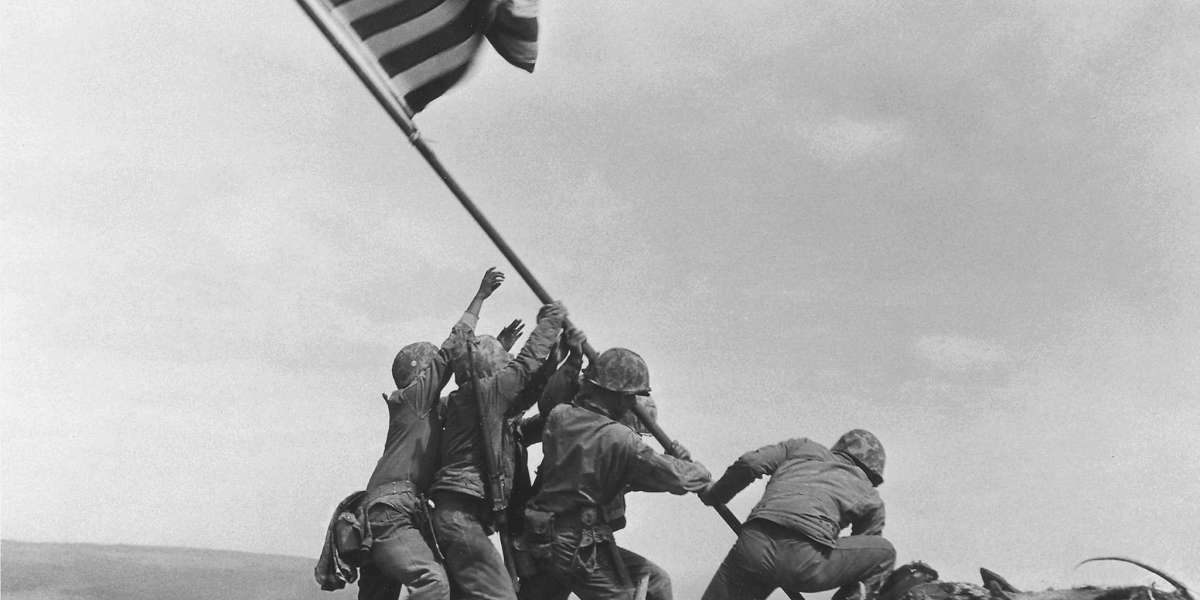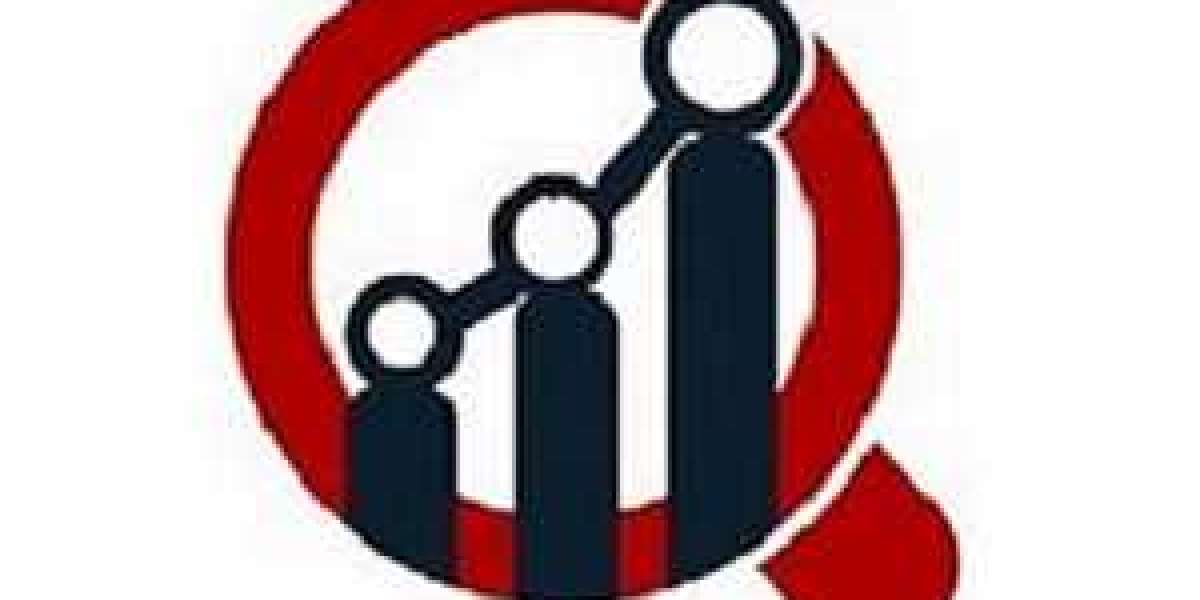I write my book report about the "Flags of Our Father" by Bradley, James, and Ron Powers
Flags of our Fathers marks one of the memorable moments in the history of the American military. Based on a true story, the book focuses on the indomitable spirit of the Americans by drawing six characters that raised the flag of the nation at Iwo Jima Island. The events are culminated in a photograph as James Bradley tries to retrace the life of his father and men with him in the photograph. The story dates back to 1945, when the American marines engaged in war at the Iwo Jima Island, and tells how they managed to pave their way to the peak of the island and raise the flag.
Preface
In this epic story, the author introduces the reader to the actions that took place in 1945 at the Japanese island of Iwo Jima. It is the year 1945 and aboard the American ships streamed for war are 70,647 US marines. Majority of the marines were young adults aged between seventeen and nineteen who have spent most part of their last year preparing and training for this war. As the Americans approached, James Bradley recounts how the mountain (Mt. Suribachi) stood aloof more than five hundred feet. Heavily armed Japanese soldiers guarded this part of the island. The news of how defiant and deadly the Japanese soldiers were brought shiver and terror among the soldiers. They also realized the brutality they were to face at Iwo Jima. The marines learned that this island was to be the field of the fight to death as no foreign invader was welcomed to Japan, especially when it came to the special island of the emperor.
List of the Author’s Thesis
James Bradley develops his themes through the entire book from his thesis outline. In his opinion, he clearly outlines the theme of heroism. Anecdotes are used by the author in chapter seven to illustrate and draw images of heroes during the invasion at Iwo Jima. A real hero like Tony Stein is depicted when he stands up, in order to attract enemy fire and allow positioning his team members. His heroic actions earned him the Medal of Honor award. Jack Bradley, the author’s father, refuses to talk of the actions and experiences at Iwo Jima. This is because real heroes are not interested in gaining fame. Bradley further explores the tension that arises during the transition from boyhood to adulthood. He uses letters as a style of conveying the fears that the boys undergo once they join the training camp. The letter of Ira Hayes to his parents, for example, indicates the innocence of the boy. However, this changes with time; when he returns from his first battle, it is evident that he had been transformed into a man. Religious faith is another theme that the author explores from his thesis. The introduction of the flag raisers indicates how religion affects each of the main characters. Quotes in sermons that touched the heroes as they write back to their families can be sensed. The faith of the mothers has been slowly inculcated to their children. This is because they devote their time to raise their sons in the catholic faith. Mothers have further been labeled as important figures in the development of the plot of the story. In chapter 13, for example, Belle Block (Harlon’s mother) is convinced beyond a reasonable doubt that her son is among the flag raisers in the photograph. The atmosphere that lead to the World War II and the circumstances surrounding Japan have been used to illustrate the theme of individuals’ versus their country. On the other hand, the media has been pictured in the story. It is evident that the perception of people regarding the war was heavily influenced by the media. Quotations from the media have been utilized by the author as he reports the events that occurred during the attack on Pearl Harbor. The media coverage was massive, and this made the citizens view Japan as a major enemy. The perception created by the media regarding the war was misleading to the general public as they were unable to differentiate the fantasy from reality. Symbols such as the raising of the flag shifted the attention majority in view of victory while behind the scenes the battle was becoming even fiercer. The author clearly interweaves the events of the battle ground as well as he has outlined the thesis.
Chapter II: “All American Boys”
This is the chapter that introduces each of the flag raisers. After his visit to Iwo Jima, the author strives to find as much information as possible regarding the flag raisers. Various methods have been used by the author to enhance his study. James Bradley starts by giving an account of his father, John Bradley. He recounts that he was from Appleton, Wisconsin. He was married to Kathryn who was a devoted catholic and her influence on John made him devout. John was also nicknamed “Cabbage” and was a veteran in World War I. The couple was blessed with two children, James Bradley and Mary Ellen (who died due to severe burns when James was 10). John decided to be a funeral director but later enlisted in the Navy with the aim of avoiding land battle.
The second flag raiser is Franklin Sousley, who was born in Hilltop, Kentucky. He was the only remnant of Goldie after the untimely death of his father and brother. From his research, James discovers that Franklin was known to be a jovial man. He was also funny; fun to be around as well as silly. These qualities coupled with his handsome nature made him popular with the girls. He was drafted for the war in 1944. Initially he used to support his mother by working at the Frigidaire plant in Dayton which he joined immediately after graduating from high school.
Harlon Block resided in the Rio Grande Valley in Texas. He was a member of a six family members and their mother, Belle, preferred city life to her life in Rio. However, the parents had different values in their lives. The father, Ed preferred Grande Valley as he was interested in farming. This left the wife with no choice but to stick around. She was a devoted Seventh -day Adventist, and her religious faith had a strong impact on Harlon. The family relocated to Weslaco town from where Harlon explores his passion by joining the local football team. He rises from here and becomes a star player.
Growing up in the Indian Reservation was Pima Indian Ira Hayes. He was the firstborn of six children. He was educated at the Phoenix India School, and his mother Nancy, was a devoted Christian who always read the bible for him. He was branded as a quiet and non- competitive individual. He was enlisted in the marine after the attack on Pearl Harbor. News of his joining the war was received joyously by his community. His departure for war was ceremoniously ushered off with a traditional ceremony of the Pima people.
Rene Gagnon was the only child of Canadian mill workers Henry and Irene. He was brought up in Manchester, New Hampshire. The parents divorced on the basis of Henry’s infidelity. The mother was at the custodian of the child. Therefore, Rene grew without having a father figure. He started working at the mills which were suffering low profits when the parents worked there but had a promising future. He had a love (Pauline Harnois), whom he promised to marry but was drafted for the army before this happened.
The last individual that James Bradley checks his background is Mike Strank. He grew up in Pennsylvania. He was an immigrant to the United States with his mother. They were initially from Czechoslovakia. His father was a miner at Bethlehem Steel. He had left the family three years ago but supported them by sending money back home. During the great depression, the mining town was hit and Mike ended up joining the Civilian Conservation Corps. He served here until he was nineteen and later decided to join the marines.
The main idea behind the recap stories of these individuals is to indicate the diversity of the American people. There was no discrimination in the recruitment in the army. From former Canadians to former non-US citizens, the recruitment encompasses all the individuals. The interview that James Bradley carries out to analyze the lives of flag bearers makes the article more supportive. First-hand information regarding the background of individuals is collected.
Chapter Three: “America’s War”
This chapter shows how the American attitude and perception towards the war changed. The attack of the Pearl Harbor by the Japanese triggered these events. Japan was considered a superior power especially after its attack and defeat of Manchuria and China. The lack of General MacArthur intervention after the Pearl Harbor was bombed resulted in the destruction of his warplanes at the South of Japan forcing him to flee to Australia. The author recaps these events to illustrate how they triggered the selfless nature of the Americans to defend their nation.
The author uses quotations from the media to express and illustrate the attack on Pearl Harbor. The massive coverage of the media shows that the marines would no longer ignore the Japanese as an enemy. The dominance of the media is a crucial theme that the author puts across this chapter. The symbol of raising the flag and the flag raisers themselves are drawn in ways that are beneficial to the government. However, these reports are not necessarily the truth and are distorted. The description that Americans were using their newspapers to learn more about their enemies was not true. The atrocities committed by the Japanese at Nanking were drawn in the life Magazine, and this griped terror to the citizens and the marines. Bradley recounts the battle of Tarawa and how newspaper editors recounted, “This was not to happen again!”; this was accompanied by pictures of dead marines as they floated around the island.
Bradley outlines the atmosphere that triggers World War II. These events introduce the theme of individual versus country. Japan is labeled as a country led by a military regime. The mentality of the soldiers of this nation is compelling to the point that they are able to conquer China and Manchuria. However, this victory is not beneficial to the citizens as they are ruled using an iron-rod. There is a totalitarian manipulation of the citizens, and they are brain washed to carry out the will of their government without question. The author differentiates between the Japanese soldiers and the Germans. This is because the soldiers of the Japanese were manipulated to work against the Bushido tradition.
The writing of the author is impartial. This attitude is based on the events that he traces back in time. The media to him serves as a constant reference point where real time events have been documented. This shows that, unlike in other sources, his arguments on the events surrounding World War II can be proved. The themes that he focuses on can be deduced from the personal lives of the individuals in the story. Employing different forms of communication such as the use of letters, the author clearly outlines and develops his plot to capture the events that did not only lead to World War II but also were the major causes of international conflicts.
Chapter Four: “Call of Duty”
Despite the commitment of the Americans by the enrollment to the marines in an attempt to salvage their nation, the Japanese soldiers are labeled to serve as expendables. The army operated in the ancient way of the warrior, where surrender was not condoned and was considered a shame. They had a sense of individuality, and these made the marines realize that all other branches of the military were worthless compared to them. They had to prove their worth, and this was named “a call of duty”. Self-sacrifice was essential to survive and win against the mentality of the Japanese.
This chapter emphasizes on the transition from boyhood to adulthood. The author utilizes letters to convey the message and delve deep in analyzing this theme. Ira Hayes writes to his parents once he is back from training in San Diego. The letter clearly outlines him as still the timid young boy thus illustrating that innocence does not vanish overnight. However, his second letter to his parent after his first war in Bougainville shows that the young man has evolved from a slim and innocent and timid boy to responsible and redoubtable young man. This is further illustrated by his choice of words which illustrates that he was a gentle and rather thoughtful young man. The author uses vivid and detailed description to illustrate the nature of Ira and inform the reader of how influential looks were to the marines. The return of Ira from the war showed that he had been exposed to the world and had seen things. This theme is further developed when the author presents Harlon Block with the contradiction that he faces between his religion and current post as a soldier.
The theme of religion is further illustrated by the author. Harlon has been used as the center for concentration of religious matters. When jotting to his parents, he addresses a sermon of alcohol and Christianity and how it had touched his life. He was traumatized on seeing dead bodies both of his friends and foes. To convey the message and maintain the story telling mode of the book, the author constantly uses dramatic irony. The changes in the lives of the characters that the author focuses on are all drawn in dramatic irony. For example, Jack Bradley is assigned to work at the California hospital, and he feels lucky without the knowledge that his life was to change drastically. This is because he was to be sent at the battlefield. On the other hand, the enrollment of Rene to the marine was urged on the fact that his life was stagnant. This was to change once he joined the marines.
The use of supportive evidence to develop and revolve around each theme is an important aspect that arises with the style of the author. The themes that the author addresses have a chronological occurrence and are intertwined. Religion come into play and is well illustrated in the lives of the young marines. It is evident that each of the characters in the book has taken the faith practiced by their parents. It is evident that mothers play an important role in the raising and development of the child. Based on first-hand information gathered by the author concerning the livelihood of the characters before they enrolled for the marines, make the ideas of the author more convincing.
Opinions and Conclusions
The aim of this book is to present the history of the Americans and the events that surrounded the World War II. From a reader’s point view, this is an epic story told from a firsthand reference. James Bradley narrates the events surrounding the World War II and how only his father managed to survive among the six flag raisers. The Iwo Jima Island was a significant stronghold of the Japanese as it was reserved specifically for the emperor and his kin. Although the author’s father was not interested in recapping the events surrounding the World War II, after his death, Bradley investigates the men and the events. According to his father, the true heroes were the men who were killed in battles. Three of the men killed in the battle were flown back home where they were declared heroes of the nation. The development of the themes in the story is astounding. The furor of war captured in this book draws a clear picture to the reader of a warzone environment. The author is not biased in addressing the enemy and his fellow countrymen, and the difficulties they faced. However, a slight difference arises when he depicts the Japanese as forced in the battle contrary to the Americans who sacrificed themselves for the sake of their nation. Every story has two sides just like a coin. It cannot be proved why the Japanese were in the battle unless their side of the story is heard. However, I agree with the author’s provision of the thesis. When reading this book, it is beyond a reasonable doubt that the author has taken keen insight in analyzing history. Naked honesty coupled with the passion of a son as he labels his father as a true hero of the nation reveals itself throughout the plot. One of the interesting factors about the book is setting in which it occurs, a battle zone. It is rare for authors to focus on battle fields unless they are fictional. On the other hand, the lack of the book to cover the events of the enemy camp makes it dump and favorable only to the American history.
Different facts can be observed from the book. Some of these facts include but are not limited to the following;
· The battle of Iwo Jima was the toughest and the bloodiest battle during the World War II.
· Japan was among the strongest enemies allied against the United States.
· The raising of the flag at Iwo Jima symbolized that the Americans had the upper hand in battle.
For any individual who values the historical events surrounding their country, this book is a must-read. Based on true events that are constantly supported by the information that is gathered from the media or interviews, this book will open the reader’s mind on the hardships that true heroes undergo. I would highly recommend this book to anyone who wants to understand World War II from a winner’s perspective.
If I were to recount a historical event, I would prefer to write on the World War. However, my account would be based on and focus more on the losers side. I would analyze what kept the party fighting despite evidence of losing. I would also try to analyze what triggered them to engage in war.
Sources of information that the author used to get information to support his book include;
The Life Magazine;
Interviews from citizens who knew more about the life of the veterans;
Letters that the heroes wrote to their families.
Books Focusing on the Same Subject:
Richard F. Newcomb. Iwo Jima: The Dramatic Account of the Epic Battle That Turned The Tide of World War II. New York, New York: Henry Holt and Company, 1965.
Eric Hammel. Iwo Jima: Portrait of a Battle. St. Paul, Minnesota: Zenith Press, 2006.
Larry Smith. Iwo Jima: World War II Veterans Remember the Greatest Battle of the Pacific. New York, London: W. W. Norton Company, 2008.








